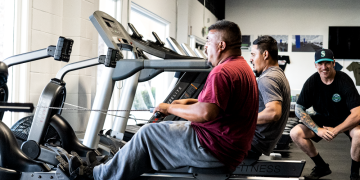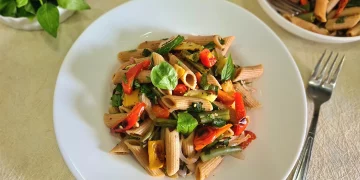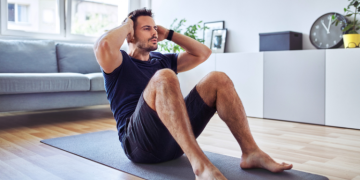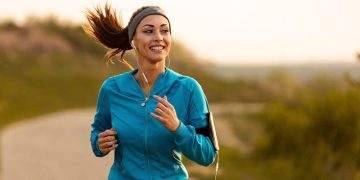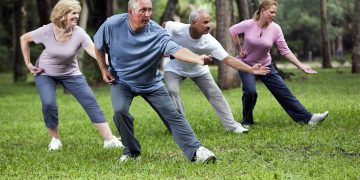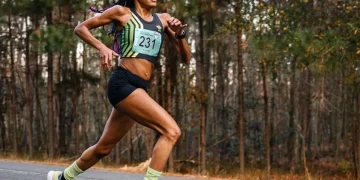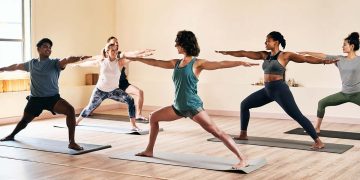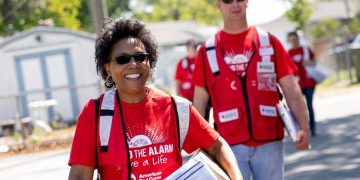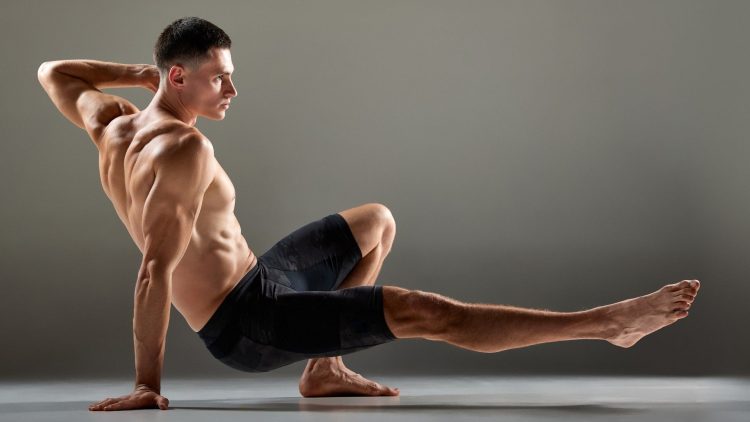In our modern age of sleek gym memberships, virtual trainers, and high-tech fitness gear, the concept of “functional fitness” is often misunderstood or overlooked altogether. But at its core, functional fitness isn’t about heavy lifts or six-pack abs—it’s about preparing your body for the movements you need in everyday life. Whether it’s lifting groceries, playing with your kids, getting up from the floor, or balancing on uneven terrain during a hike, functional movement is what keeps us capable, confident, and independent as we age. It’s fitness that translates beyond the gym, into real-world strength and resilience.
What Is Functional Fitness, Really?
Functional fitness focuses on exercises that mimic real-life movements, enhancing your body’s ability to move efficiently, safely, and pain-free during daily tasks. It’s grounded in movements like pushing, pulling, hinging, squatting, rotating, carrying, and gait (walking/running). Instead of isolating muscles, it emphasizes integrated, compound movements that involve multiple muscle groups working together. This not only builds strength but also improves coordination, posture, mobility, and injury prevention.
The Problem with Traditional Gym Workouts
Traditional gym routines often focus on aesthetics—toning muscles, building size, or burning calories—without necessarily improving the way the body functions in real-life scenarios. Machines isolate muscles in rigid planes of motion, while daily life rarely does the same. Real life is unpredictable: you bend, twist, reach, and lift in all directions. If your workouts aren’t preparing you for those multidirectional demands, you might be strong in the gym but vulnerable outside of it.
Movement Patterns You Should Train Daily
To build functional strength, you need to train key movement patterns that support your everyday life:
- Squat: This foundational movement improves your ability to sit and stand, pick items off the floor, or rise from a chair.
- Hinge: Think of deadlifts or hip bridges. Hinging trains the posterior chain—your glutes, hamstrings, and lower back—to support activities like lifting heavy bags or tying your shoes.
- Lunge: Lunging trains stability, mobility, and unilateral strength, which are all necessary for climbing stairs, stepping over obstacles, or walking efficiently.
- Push and Pull: These upper-body actions are essential for opening doors, lifting objects overhead, or pulling things toward you.
- Rotation: Twisting your torso, whether to reach into the backseat or swing a racquet, demands spinal mobility and core control.
- Gait: Walking, jogging, or running with proper mechanics ensures efficient movement and reduces joint wear.
Daily Functional Fitness Routine for Real Life Strength
Here’s a simple bodyweight functional movement routine that takes just 15–20 minutes and can be done anywhere—no equipment needed.
- Air Squats (3 sets of 15 reps)
Keep feet shoulder-width apart, drive knees out, sit hips back, and keep chest up. Improves leg strength and mobility. - Hip Hinge with Wall Tap (3 sets of 10 reps)
Stand a foot in front of a wall, hinge at the hips until glutes tap the wall, then return. Reinforces proper hip movement. - Step-Back Lunges (3 sets of 8 reps per leg)
Step back with control and drop into a 90-degree angle lunge. Enhances single-leg balance and coordination. - Push-Ups (3 sets of 10 reps or modified)
Train upper-body pushing with variations that suit your level—wall, incline, or floor. - Doorway Rows (3 sets of 10 reps)
Using a towel or TRX straps hooked in a door, pull your body forward with elbows close to the torso. Builds pulling strength. - Standing Torso Rotations (3 sets of 12 reps)
Stand tall and rotate the torso left to right, keeping hips stable. Builds rotational mobility. - Balance Holds (30 seconds per leg)
Stand on one leg with eyes closed. Add arm movements to simulate daily balance challenges. - Walking Lunges (up to 10 steps per leg)
Adds dynamic balance and hip control for real-world scenarios like hiking or climbing stairs.
Mobility: The Missing Ingredient in Most Workouts
Many people focus on strength and cardio but neglect mobility—the ability to move joints freely and pain-free through full ranges of motion. Lack of mobility is often the root of poor posture, injury, and movement compensation. To improve it:
- Do daily dynamic stretches like leg swings, arm circles, and deep squats.
- Incorporate joint circles, especially for wrists, ankles, and shoulders.
- Use tools like foam rollers or massage balls to release tight fascia.
- Practice yoga flows like Sun Salutations to combine mobility with mindfulness.
Balance Training for Everyday Confidence
Balance isn’t just for athletes or dancers—it’s essential for avoiding falls, navigating curbs, or reaching overhead. Good balance comes from strong glutes, core stability, ankle strength, and vestibular system awareness.
Try these simple additions:
- Single-leg balance while brushing teeth
- Tandem stance while watching TV
- Use balance pads or wobble boards for footwork drills
- Add dynamic balance by walking heel-to-toe across a room

Core Stability: The Functional Power Center
Your core isn’t just your abs—it’s your entire trunk, including obliques, transverse abdominis, pelvic floor, and lower back. A strong core stabilizes you during nearly every movement.
Skip endless crunches and try:
- Plank variations (front, side, and reverse)
- Bird-dogs for cross-body coordination
- Deadbugs for lower abdominal control
- Pallof presses using resistance bands to resist rotation
Functional Tools That Enhance Real-Life Movement
You don’t need fancy machines for functional fitness. In fact, minimal, unconventional tools often do a better job:
- Kettlebells: Mimic real-life loads with offset weight distribution
- Resistance Bands: Provide variable tension for strength and mobility
- Medicine Balls: Great for rotational and explosive work
- Sliders or towels: Add instability for core and balance training
- Your own bodyweight: The most functional resistance you have
How to Integrate Movement into Your Day
Functional fitness doesn’t need to be separate from daily life. Infuse it into your routine:
- Squat to pick things up instead of bending over
- Take the stairs while focusing on glute engagement
- Carry groceries in a farmer’s walk position (core tight, shoulders back)
- Balance on one foot while folding laundry
- Do hip stretches during TV commercials
Aging and Functional Fitness: Why It’s Critical
Functional fitness becomes increasingly vital as we age. It helps maintain independence, reduce fall risk, support bone density, and boost metabolic health. It also fights the natural decline in muscle mass (sarcopenia) and joint stiffness that occurs with time.
Older adults should focus on:
- Joint-friendly movements like resistance band training and swimming
- Balance-focused routines to prevent falls
- Flexibility and mobility work to retain full-body freedom
- Low-impact strength work to retain muscle without stress
Mind-Body Connection: Movement as Mindfulness
Functional fitness isn’t just about physical health—it’s a mental practice too. When you move with intention, you cultivate body awareness, coordination, and presence. Movements like crawling, rolling, reaching, and balancing engage your brain and nervous system in deeply rewarding ways. Over time, this strengthens the mind-body connection, reduces anxiety, and enhances proprioception (your sense of body position in space).
Final Thoughts: Function Over Form
While aesthetics might draw many to fitness, function is what sustains long-term wellbeing. You don’t need a gym membership or complicated plan to become stronger, more mobile, and more confident in your body. You just need a commitment to move often, move well, and move with purpose. Train for life—not just for likes—and your body will thank you in every squat, lift, twist, and breath.







